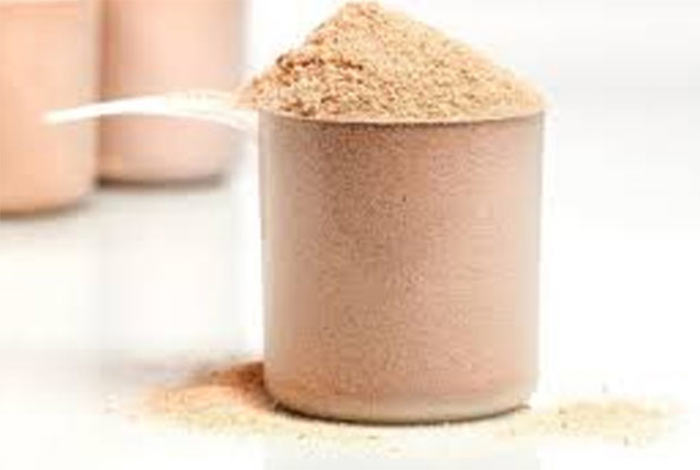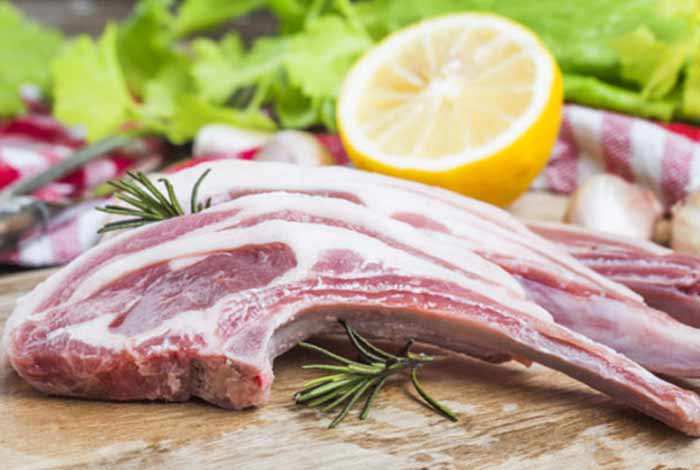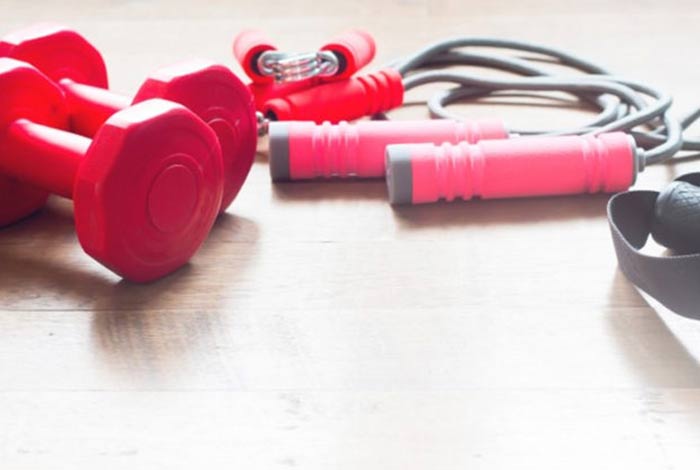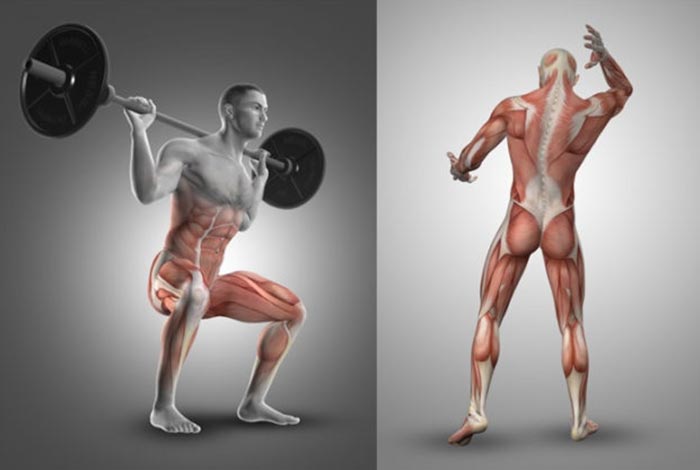
Perfectly toned body is what we all desire for. Apart from the reason that being in shape is directly attributed to one’s physical and mental health, most of us aspire to catch the eye of every passerby – to be in a physique that others can only envy.
We often indulge ourselves in aerobic exercises, gymming and taking various kind of steroids, but are unable to see the expected results. We try everything from yoga and high-intensity training programs to target-specific diet, but only to get dissatisfying outcomes. This sometimes leave you frustrated and may even push you to give up your muscle building training program. In fact, many of us end up doing so.
Well, this is not the solution! Finding what restricting you to achieve your muscle building goals despite of all those arduous efforts is anytime a better option. And, in most cases, it has been found that a few gaps in one’s diet and exercise plans are to be blamed.
So, before you put an end to your endeavor, let’s learn about some potential changes that you can bring about in your diet and exercise plans to boost your muscle building training program.
Changes You Should Incorporate in Your Diet
Given below are several changes that you must incorporate in your diet if you want to boost your muscle building training program:
1. Get Some More Building Blocks:
Proteins are known as building blocks of body and are constantly used for various purposes like hormone production. This decreases the protein reserves available for muscle building. To overcome this constant deficit, you need to increase the protein intake to a level greater than the level of its utilization for normal physiological processes.

2. Eat More:
You and your body are working hard to get you in shape and hence, consuming a lot more calories than usual. Start updating your daily calorie intake to new higher levels.

3. Have Rich Shakes before Workout:
According to a study by University of Texas, people, who drink shakes rich in carbohydrates and amino acids just before the workout, increase their protein synthesis by twice the normal rate.

4. Feed Your Body with Some Carbs After the Workout:
According to researches, muscle rebuilding process increases if you increase the intake of carbs after the workout. Carbs increases the insulin level and lowers the rate of protein breakdown.

5. Feed Your Stomach Every Three Hours:
Do not increase your diet abruptly. Add all the calories you need to take in a day and divide it by six. This would require you to consume food at every three-hour duration. Make sure to divide all the nutrients proportionally.

6. Include Ice-Cream in Your Diet:
Have a bowl or two scoops of ice-cream, two hours after the workout. This helps by triggering surge of insulin and checking the post-workout protein breakdown.

7. Go to Bed, but After a Glass of Milk:
A combination of milk and protein at least around 30 minutes before going to sleep slows down the protein breakdown process. You can have a glass of skim milk with raisin bran or a cup of cottage cheese with a bowl of fruits.

8. The Right Whey to Go:
Drink whey protein-powered shake before every workout session. One serving has almost around 2200 calories. This can be an easy solution for skinny guys.

9. Befriend Some Good Fats:
The most common mistake that muscle builders do – totally cutting down on fat intake. However, the fact is just like us, fats too are bad as well as good. Cutting on good fats can have negative implication on your muscle building problem and might restrict your program to show optimum results.

10. Elixir of life:
Down to number ten, but this is the most important of all. Water is the elixir of life. When you train your body, it regularly builds new muscles while breaking the old ones. This releases various toxic substances, and the water facilitates in flushing out all such substances.

Must Do Changes in Your Workout:
Now, when you have got yourself updated about the dietary changes, it’s time to know how to make your muscle training program an effective one.
1. Proper Warm Up:
As you advance from beginner to intermediate state, your muscles subject to much more stress. Hence, you must increase your warm up sessions proportionally. Ten to fifteen minutes of cardio followed by some light and medium sets before the first weightlifting exercise of the day is good.

2. Save Abs for the Last:
Abs should be done at last as training abs before other major body parts can result in decreased strength and can compromise your performance. It also increases the risk of injury. You can include abs between different exercises to save time.

3. Make Real Stairs Your Ally:
Taking a break from the conventional treadmill and turning to real stairs can increase the number of calories you burn. This change would revive your motivation level and make you work out for longer duration.

4. Do More with Music:
According to several studies, listening to music can help you complete more sets. This is the reason why many gyms play loud music.

5. Fluctuations Can Help:
Change your weights, and do not stick to heavy ones only. Light weights have their own benefits and are necessary for overall quality of muscles.

6. Get a Partner:
Get a reliable partner, who can spot your errors and encourage you to complete one more rep (repetition) after your failure. Having a partner stronger than you will be even better, since observing him lifting more weights will give you a mental boost.

7. Reshuffle the Order of Exercise:
A good way to increase your gains is to reshuffle the order of your exercise. Doing the exercise which is generally your last one, first; can help increase your performance by not allowing your muscles to get pre-fatigued. This eventually help increase your muscle growth.

8. Compound Moves Can Help:
If you are serious about your muscle gains, go for compound moves. Compound exercises are the ones that affect more than one muscle at a time. Some of the compound exercises are:
- Shoulder, triceps and chest during bench presses.
- Quads and hamstrings during barbell squats.

9. Moderate Level of Isolation:
Isolation movement is the movement of only one joint, focusing on a single muscle. It is great at shaping muscles and flexible enough to be subsumed in any routine. But, isolation should be used sparsely. It is recommended you use isolation moves near the end of your exercise.

10. Two Feet are for a Reason:
An inconceivable trend of training on one leg has taken hold in gyms across the world. But, on the contrary, using both the feet is by far the best thing. It brings more stability and balance to your body.

11. Learn More About Your Tolerance Limits:
Don’t go by mass-gaining books or recommendations on various websites. Learn about how your body responses to various exercises and accordingly, set your own limits.

12. Change Grips:
With time, muscles resists to grow on familiar exercises. One way to tackle this is to change grips. Adopting to different grips would keep things fresh and can help grow muscles.

13. Train Instinctively:
It is a good thing to plan things ahead of schedule. Planning your workout for several weeks ahead can create a brain map, and help you set different milestones. Such an approach will keep you motivated for a longer duration. Keep listening to yourself and don’t be afraid to modify your plans as required.
14. Select an Optimum Combo:
Although lifting heavy weights can help you gain size, you can achieve the optimal size with an ideal combination of weight and volume. Generally, six to twelve reps of 70%-80% of your maximum load is considered an optimal choice.
15. Mind Your Rest:
Remember muscle size doesn’t grow while you work out. In fact, it grows when you rest. Proper rest is as important as workout. Sleep of around 7-8 hours is highly recommended.











